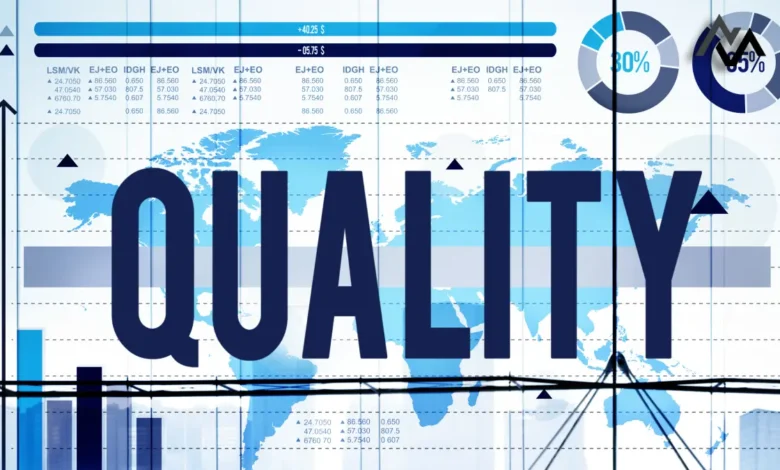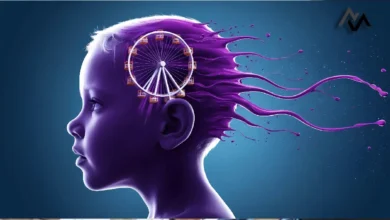Quality Over Quantity in a Knowledge Economy

Historically, productivity has been synonymous with output—more products, more results. But in the modern knowledge economy, Storoni emphasizes that the value of efficiency has changed. Today, it’s not about how much you produce but the quality of what you create. In a world increasingly reliant on intellectual and creative work, a single great idea can be worth far more than countless mediocre ones
This shift is vital as we navigate an era dominated by AI and automation. Machines may handle repetitive tasks, but the human brain excels in creativity and critical thinking. Hence, focusing on quality—whether it’s in problem-solving, design, or creative output—has become the hallmark of true efficiency.
Tuning into Mental Gears
Storoni introduces the metaphor of “mental gears,” likening the brain to a car that shifts gears based on the nature of the terrain (or task). For instance, creative tasks like brainstorming require the brain to be in a relaxed state, while tasks requiring deep analysis demand full concentration. The problem arises when people force themselves to do creative tasks in a highly focused state or try to concentrate deeply while their mind is too relaxed. This mismatch between mental gears and tasks leads to frustration and suboptimal results.
To boost productivity, it’s essential to recognize your brain’s natural state and adjust your work accordingly. For example, creative breakthroughs often come when the mind is wandering, which is why taking breaks or allowing time for daydreaming can be surprisingly productive.
Aligning Tasks with Your Brain’s Natural Rhythm
Storoni highlights the importance of aligning tasks with your brain’s circadian rhythm, the natural body clock that governs alertness and energy levels throughout the day. The morning, when your brain is sharpest, is the best time for intense, focused work. In the afternoon, as energy dips, it’s better to tackle routine tasks or hold meetings, which require less concentration. Recognizing and harnessing these natural rhythms allows for greater efficiency without exhausting mental energy.
Additionally, Storoni suggests that sometimes increasing your mental load can help sharpen your focus. For instance, if you’re struggling to concentrate, adding a time constraint or multitasking can push the brain to become more alert. On the other hand, if you’re aiming for a creative breakthrough, lowering mental strain by relaxing can help spark that moment of insight.
Intervals and the Power Law of Work
Rather than adhering to the rigid “work hard, rest hard” philosophy, Storoni advocates for a more nuanced approach to productivity, which she calls the “power law.” This involves working at varying intensities—intensely for short periods, moderately for longer stretches, and lightly during intermittent tasks. This method helps prevent fatigue and maintains sustained mental sharpness, which is critical for high-performance tasks over time.
Intrinsic Motivation in an AI World
As AI reshapes the job landscape, traditional motivators like promotions and bonuses may lose their power. Instead, Storoni suggests that intrinsic motivation—driven by the joy of learning and problem-solving—will become the key to sustaining long-term productivity. Fostering a mindset that values the process of learning rather than focusing solely on outcomes will help individuals stay engaged, even in the face of technological disruption.
Conclusion: A Holistic Approach to Productivity
Ultimately, maximizing brain productivity isn’t about forcing longer hours or pushing harder. It’s about working smarter by aligning tasks with your brain’s natural rhythms, recognizing the importance of quality over quantity, and maintaining intrinsic motivation. By doing so, you can create an environment that supports not just productivity but also long-term satisfaction and mental well-being.




